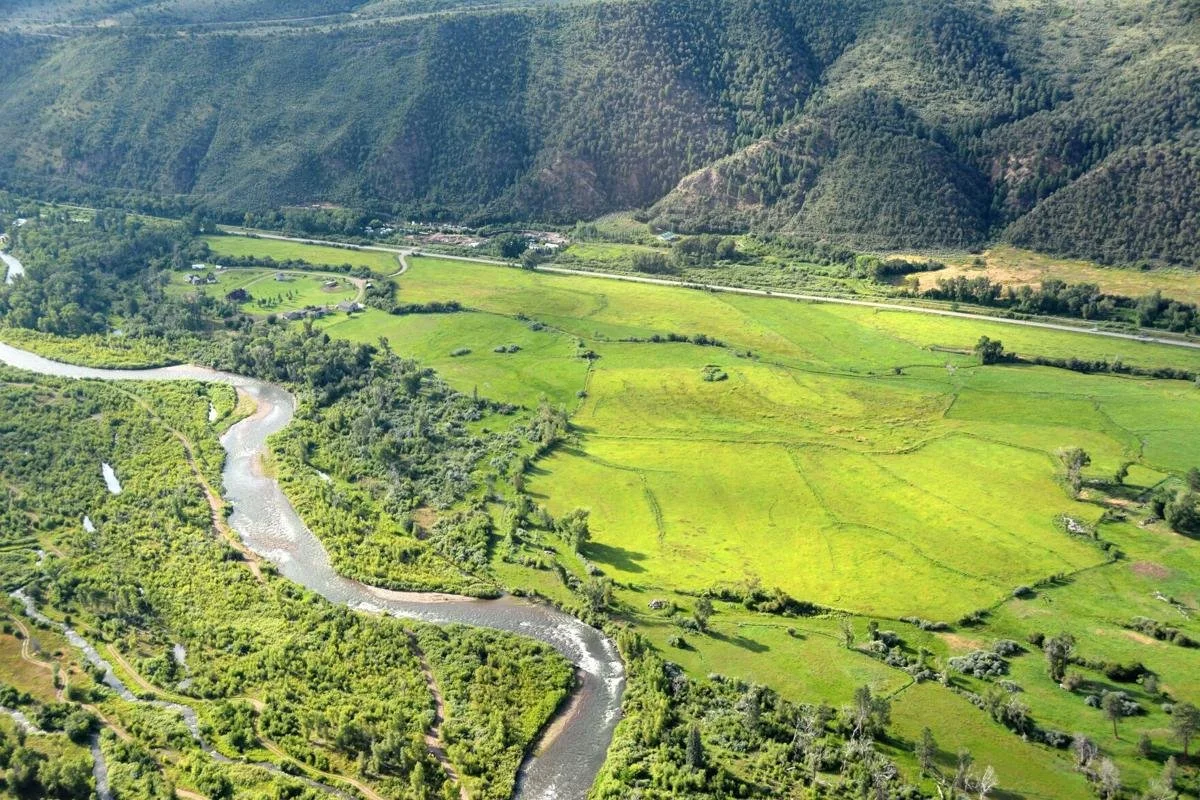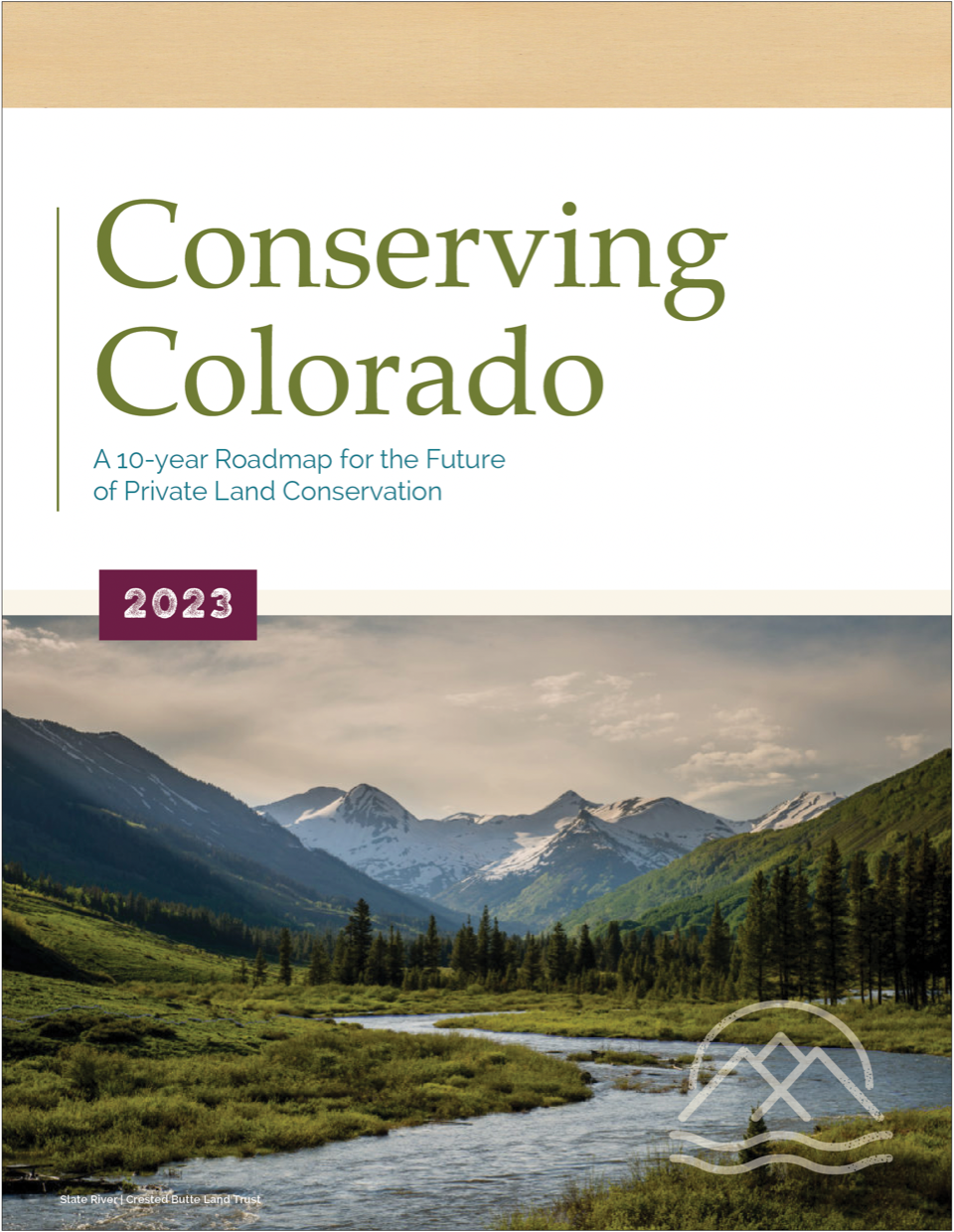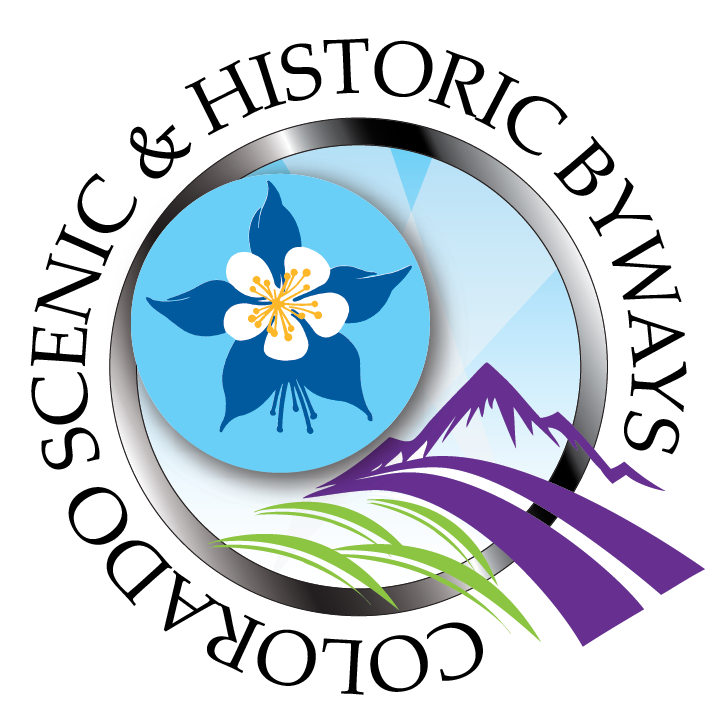Fact Sheet
Conserving Colorado: A 10-year Roadmap for the Future of Private Land Conservation
What the roadmap is
Keep It Colorado has led the development of Conserving Colorado: A 10-year Roadmap for the Future of Private Land Conservation. It is a collaborative plan that rallies land trusts and partners around a unified vision for the future of private lands conservation in Colorado. Providing a set of concrete objectives, strategy and vision, the plan identifies urgent areas for protection and creates a roadmap for on-the-ground conservation the private lands conservation community wants to achieve in the next 10 years. Goals are to double the number of acres of land protected through conservation, double the engagement of Coloradans in conservation efforts and programs, and double the resources needed to support conservation work over the next decade.
Because 60 percent of lands in Colorado are privately owned, there is a significant opportunity to conserve more natural landscapes, agricultural areas, wildlife habitat and outdoor recreation areas, and ensure they are protected for the future. Our plan is a coordinated strategy to ensure that those lands feature prominently in a broader statewide conservation framework – including helping to align our priorities with objectives set forth in plans to achieve 30x30 (with goals to conserve 30 percent of lands and waters by 2030) and in other statewide conservation efforts focused on water, wildlife, recreation, agriculture and climate resiliency.
Two areas of focus
Climate resilience. The plan creates a roadmap for creating communities and landscapes that are resilient to the impacts of climate change, and will share strategies that leverage conservation as a climate action tool to mitigate the effects of drought, wildfire, water loss and biodiversity loss.
Diversity, equity, inclusion and justice (DEIJ). We acknowledge that strategic planning and conversations around conservation have historically left out certain voices and communities – many of whom are disproportionately impacted by climate threats and stand to benefit significantly from private lands conservation. Our plan includes objectives to include and reflect those diverse voices that make up our state - with an aim to create a conservation sector that is more diverse, equitable, inclusive and just.
The five pillars
To address these challenges, Conserving Colorado is organized under five focus areas or “pillars,” each accompanied by a set of goals and strategies for action, as well as several case studies to illustrate the work:
Climate-resilient Landscapes: Protecting more resilient and connected landscapes, healthy ecosystems, and biodiversity.
Community-centered Conservation & Diversity, Equity, Inclusion and Justice (DEIJ): Authentically engaging diverse perspectives and experiences in conservation, so we can conserve more land and deliver more direct benefits to more people.
Collaborative Water Solutions: Increasing work with water conservation partners on solutions and projects that protect water for nature and people.
Resilient Agriculture: Protecting more farmland and ranchland; expanding opportunities to cultivate landscape and economic resiliency; and increasing equitable access to local food production, land ownership and conservation programs.
Lasting Conservation Movement: Increasing awareness of and funding for this critical work and building a conservation movement that is more responsive and relevant to Coloradans now and in the future.
Who will use the plan
Primary users include our coalition’s land trusts as they identify urgent and emergent land acquisitions; pursue community conservation and collaborative projects locally and regionally; and create a sustainable path to address such challenges as the climate crisis, population growth and economic hardship, which has been exacerbated by the COVID-19 pandemic.
We anticipate that as other organizations create or update their own strategic plans for conservation, they will use our plan as part of a comprehensive and balanced approach to both public and private lands conservation. These include open space agencies; the Colorado Water Conservation Board and the state Water Plan; Colorado Parks and Wildlife and the Regional Outdoor Partnerships Initiative; and federal and state land managers, tribal leaders and private landowners.
Heartland Ranch Nature Preserve | Southern Plains Land Trust (Photo by Linda Lidov)
Why the plan is needed, and why now
There is a long history of strong private lands conservation across the state. In fact, land trusts and their partners have conserved over 3.3 million acres since 1965, with significant ecological, economic and community impacts. But those efforts are often fragmented and not based on a set of common, statewide, strategic priorities. More coordination at the statewide level is needed to increase the scale and pace of conservation, and to protect Colorado’s natural resources against threats now and in the future.
The climate crisis is a severe and growing threat. More extreme weather patterns, chronic drought, a longer and more intense wildfire season, and diminished snowpack are becoming more prevalent. While land conservation alone cannot end these climate threats, it can and does play a key role in creating natural solutions to climate change, and in creating more resilient and adaptable landscapes and communities. The plan identifies how natural climate solutions can help mitigate the impacts of climate change.
Population growth is a real and ongoing threat to wildlife and open space, with nearly three-quarters of a million people projected to move to Colorado in the next 10 years. People from urban centers are flocking to rural and mountain communities, seeking to purchase property and build homes. The booming land market and rapid, ongoing land loss breaks apart open space and critical wildlife habitat in the absence of conservation efforts to protect them. Coordinated conservation must play a role in planning for growing communities and maintaining a high quality of life here – without fragmenting the landscapes that draw people to Colorado in the first place. The plan will prioritize conservation and connectivity as Colorado values, despite mounting development pressure.
The pandemic has created further hardship for rural economies. Rural economies in Colorado were already hurting prior to the pandemic; now, people in those communities have lost jobs and livelihoods as well as seen decreased visitation in local economies that rely on outdoor recreation, tourism and agriculture. It is also financially harder for families to stay on working lands as development pressures continue. The plan demonstrates the power of conservation as a tool for economic recovery from both the COVID-19 pandemic and intense development, and the losses that local economies have suffered.
“I believe something that is critical for us all to consider is this idea of creating a bigger table for conservation rather than a smaller one. Thinking bigger about how conservation can and should engage communities allows us to create more space for this work to impact lives. If we are serious about climate change and loss of biodiversity, we need to be serious about engaging more people who have not been welcomed to the conservation space, particularly those who are most impacted. The failure, in my opinion, of the conservation and lands movement is the compartmentalization of people and place.”
Who led this effort and who else was involved
Keep It Colorado led this effort from 2021 to 2023 in partnership with the private lands conservation community. Our land trust members were central to developing it and setting the objectives. We collected their input through listening sessions, surveys and strategic conversations. An advisory council formed of diverse stakeholders helped guide and shape the roadmap’s development and the stakeholder engagement process alongside Keep It Colorado.
Outdoor Learning Lab | Montezuma Inspire Coalition
Two key partners included The Nature Conservancy, which provided the data and the science behind the plan through its Resilient and Connected Networks (RCN) tool, and the Colorado Natural Heritage Program with its Colorado Conservation Data Explorer (CODEX) and Colorado Ownership, Management and Protection (COMaP) database. We incorporated additional data and objectives from other statewide planning initiatives including the Colorado Water Plan; and Colorado Parks and Wildlife’s Regional Outdoor Partnerships Initiative and Statewide Conservation and Recreation Plan.
We also collected essential input from community organizations, and worked with local land trusts and others to identify the full range of stakeholders to involve – including other conservation and stewardship nonprofits; public agencies and tribal lands leaders; local businesses; groups that engage under-represented communities, specifically, Black, Indigenous and People of Color (BIPOC); higher education institutions; public health agencies; outdoor recreation groups; and other partners identified through the plan development process.
project timeline
Dec. 2021 and Jan. 2022: Hosted statewide listening sessions and conducted 1:1 interviews
Jan. and Feb. 2022: Hosted workshops on The Nature Conservancy’s Resilient & Connected Network (RCN) and the Colorado Natural Heritage Program’s Conservation Data Explorer (CODEX)
Feb. 2022: Identified five strategic pillars and goals
March 2022: Hosted “Statewide Private Lands Conservation Planning Forum”
Spring 2022: Embarked on process to develop the plan
Summer-Fall 2022: Drafted the plan
Early 2023: Finalized the plan
April 5, 2023: Published the plan
Plan process
We embarked on an 18-month process with four phases beginning in 2021. The four phases were: 1) Hold a listening tour with partners and stakeholders. 2) Develop the plan. 3) Draft and finalize the plan. 4) Release and implement the plan.
Funding
Keep It Colorado thanks many entities for their generous support of this plan - including Great Outdoors Colorado, the Colorado Water Conservation Board, Colorado Parks and Wildlife, Trinchera Blanca Foundation, Colorado Scenic & Historic Byways, and private donors. To support the next phase - the implementation phase - we are actively seeking funding from additional private foundations and state government agencies, and are interested in talking with organizations that have a conservation or natural resources focus or that want to invest in plans and strategies to combat climate change and create climate resiliency; create equitable access to the outdoors; engage youth in nature; and promote good public health as a conservation benefit.
Paulson Ranch | Rio Grande Headwaters Land Trust




















